Dances in Colombia, The Rhythmic Tapestry of Colombia: Exploring National and Regional Dances and Their Cultural Significance
Introduction:
Colombia, a country known for its rich cultural diversity, boasts a vibrant tapestry of traditional dances that reflect the nation’s history, geography, and ethnic influences. From the exuberant rhythms of Cumbia to the passionate footwork of Mapalé, Colombian dances are deeply rooted in indigenous, African, and European traditions. This exploration delves into the captivating world of Colombian national and regional dances, unraveling their origins, characteristics, and cultural significance.
I. National Dances:
1.1 Cumbia: The Heartbeat of Colombian Heritage
Cumbia, often considered the national dance of Colombia, is a dynamic and rhythmic dance form that originated from the indigenous and African communities along the Caribbean coast. Characterized by circular movements and expressive footwork, Cumbia is a celebration of cultural fusion. Dancers, adorned in colorful costumes, move to the syncopated beats of drums, gaita flutes, and maracas, creating a lively and joyous atmosphere. Cumbia is not just a dance; it is a cultural expression that tells the story of Colombia’s diverse heritage.
1.2 Vallenato: Musical Narratives in Motion
While Vallenato is primarily a musical genre, it is often accompanied by traditional dance. Originating from the northern region of Colombia, particularly in the departments of Cesar, La Guajira, and Magdalena, Vallenato tells stories of love, nature, and daily life through its lyrics. The dance that accompanies Vallenato is characterized by couples moving gracefully to the melodic tunes of the accordion, caja, guacharaca, and bass drum. The intertwining of music and dance in Vallenato encapsulates the cultural richness of Colombia’s Caribbean region.
II. Regional Dances:
2.1 Bambuco: The Elegance of the Andean Highlands
Bambuco, originating from the Andean region, is a dance that captures the elegance and grace of Colombia’s highlands. Often performed in pairs, Bambuco involves intricate footwork and flirtatious movements, with dancers wearing traditional clothing reflective of the region’s agricultural heritage. The dance is accompanied by the sounds of the tiple, guitar, and bandola, creating a melodious and harmonious expression of Andean culture.
2.2 Joropo: The Lively Rhythms of the Plains
Joropo is a traditional dance that originated in the Llanos, the vast plains of eastern Colombia. Characterized by fast footwork, spinning, and intricate partnering, Joropo is a celebration of cowboy culture and rural life. The dance is often performed to the lively sounds of the harp, maracas, and cuatro. The colorful costumes worn by dancers reflect the vibrancy of Colombian plains life, and the energetic movements convey the exuberance of the region’s cultural expression.
2.3 Porro: The Afro-Colombian Influence
Porro, with its roots in Afro-Colombian communities on the Caribbean coast, is a dance that reflects the cultural fusion of African, indigenous, and Spanish influences. It is often performed in a large group, and the choreography includes circular movements and dynamic footwork. The syncopated rhythms of the drum and brass instruments create an infectious energy, making Porro a lively expression of Afro-Colombian identity and resilience.
2.4 Sanjuanero: Celebrating Colombian Identity
The Sanjuanero, originating from the Huila region, is a festive dance often associated with Colombia’s national festivals. This dance involves elaborate choreography and is performed in couples, with each step symbolizing aspects of Colombian life, agriculture, and regional identity. The colorful costumes worn by dancers represent the diversity of Colombia’s regions, making the Sanjuanero a visual and symbolic celebration of the nation’s unity in diversity.
2.5 Mapalé: The African Influence on the Caribbean Coast
Mapalé, originating from the Afro-Colombian communities along the Caribbean coast, is a high-energy dance that embodies the spirit of joy and celebration. Characterized by rapid footwork, hip movements, and vibrant costumes, Mapalé is a powerful expression of African influence in Colombian culture. The dance is often accompanied by drumming and percussion, creating an electrifying atmosphere that captivates both performers and spectators.
III. Characteristics of Colombian Dances:
3.1 Cultural Fusion: A Harmonious Blend of Influences
Colombian dances are characterized by a harmonious blend of indigenous, African, and European influences, reflecting the country’s diverse cultural history. The syncretic nature of these dances serves as a testament to Colombia’s unique position as a melting pot of different ethnicities and traditions. Whether it’s the African rhythms in Mapalé or the indigenous elements in Bambuco, Colombian dances celebrate the cultural mosaic that defines the nation.
3.2 Colorful Costumes: Expressing Identity and Tradition
The vibrant and elaborate costumes worn by dancers are a hallmark of Colombian dances. These costumes not only add a visual spectacle to the performances but also serve as expressions of regional identity and tradition. From the flowing dresses of Cumbia dancers to the intricately embroidered attire of Sanjuanero performers, costumes play a crucial role in conveying the cultural diversity inherent in Colombian dance forms.
3.3 Expressive Footwork: The Language of Rhythm
Expressive footwork, often referred to as zapateado, is a common characteristic across many Colombian dances. Whether it’s the intricate steps of Bambuco or the fast-paced footwork in Mapalé, dancers use their feet as a means of communication, expressing the rhythm and energy of the music. This emphasis on precise and rhythmic foot movements adds a dynamic and visually captivating element to Colombian dance.
3.4 Storytelling: Narratives Through Movement
Many Colombian dances are a form of storytelling, conveying narratives of love, nature, and cultural identity. Vallenato, with its lyrical content, tells stories through both music and dance. Similarly, Sanjuanero uses choreography to symbolize aspects of Colombian life and regional pride. The storytelling aspect of Colombian dances serves as a means of preserving cultural narratives and passing down traditions through generations.
3.5 Communal Celebration: Connecting People Through Dance
Colombian dances often involve communal celebration, bringing people together to share in the joy of cultural expression. Whether it’s the community-based Porro or the couple dances like Bambuco, these dances create a sense of togetherness and shared identity. The communal nature of Colombian dances reinforces the importance of cultural celebrations as a way of fostering unity and connection among diverse communities.
IV. Influences and Evolution:
4.1 Historical Roots: Indigenous, African, and European Contributions
The historical roots of Colombian dances trace back to the indigenous cultures, African traditions brought by slaves, and the European influence of Spanish colonization. The convergence of these diverse influences has shaped the unique dance forms found in different regions of Colombia. The resilience of indigenous, African, and European elements in Colombian dances speaks to the enduring cultural heritage that continues to thrive.
4.2 Preservation Efforts: Folkloric Groups and Cultural Institutions
Efforts to preserve and promote traditional Colombian dances are evident through the work of folkloric dance groups and cultural institutions. These groups play a crucial role in
passing down the techniques, choreography, and cultural significance of dances to younger generations. Cultural institutions work towards documenting and safeguarding Colombia’s intangible cultural heritage, ensuring that these dances remain a vibrant part of the nation’s identity.
4.3 Contemporary Expressions: Adapting to Modern Times
While traditional Colombian dances hold deep cultural roots, there is also a space for contemporary expressions that adapt these forms to modern contexts. Choreographers and artists explore innovative ways to fuse traditional elements with contemporary aesthetics, ensuring the continued relevance and accessibility of Colombian dances. This adaptability reflects a dynamic cultural landscape that embraces both tradition and evolution.
V. Conclusion:
Colombian national and regional dances form a dynamic and multifaceted tapestry that reflects the country’s cultural richness, diversity, and history. From the rhythmic beats of Cumbia to the expressive footwork of Mapalé, each dance encapsulates the unique identity of its region and the fusion of indigenous, African, and European influences. The characteristics of Colombian dances—cultural fusion, colorful costumes, expressive footwork, storytelling, and communal celebration—create a vibrant and inclusive cultural landscape that resonates with both Colombians and audiences worldwide.
As Colombia continues to evolve, so too will its dances, adapting to the contemporary landscape while holding steadfast to the roots embedded in centuries-old traditions. The rhythmic tapestry of Colombian dance remains a testament to the nation’s resilience, diversity, and cultural pride. Through the expressive movements and infectious rhythms, Colombian dances invite people to partake in the celebration of a rich and diverse heritage, where each step tells a story and every beat reverberates with the spirit of a nation.


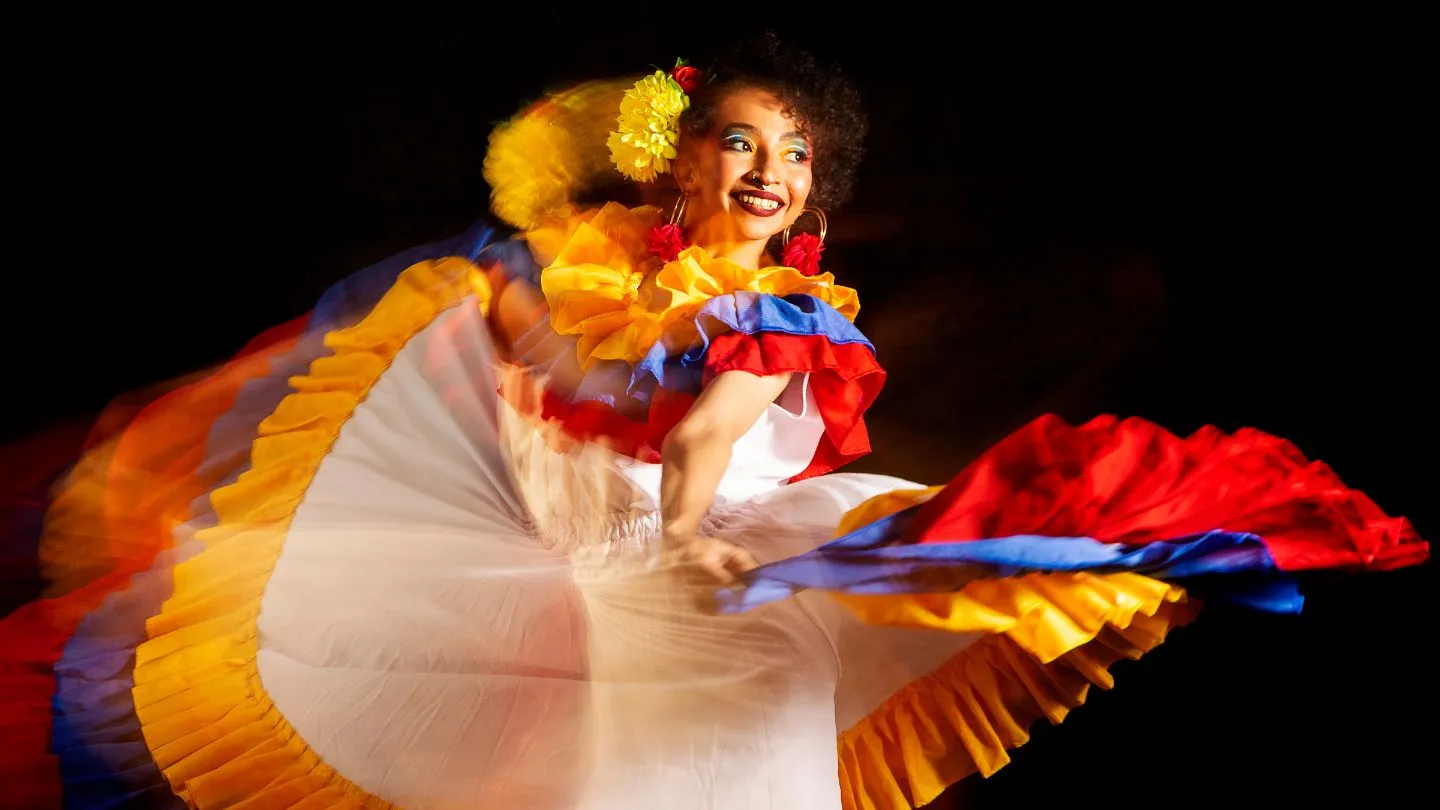
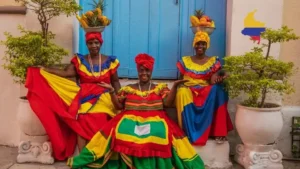
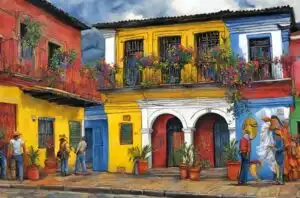
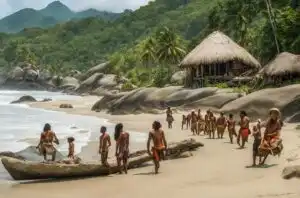

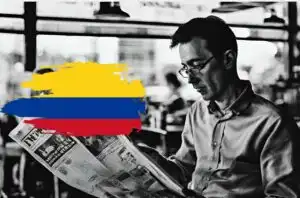
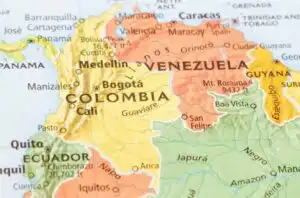



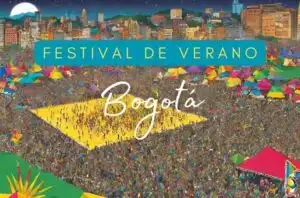
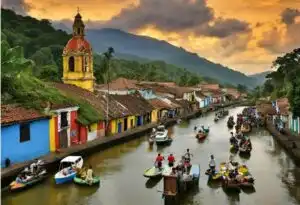

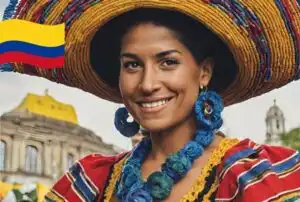
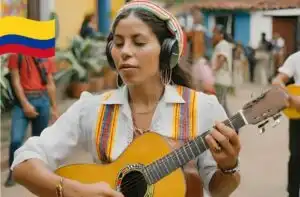
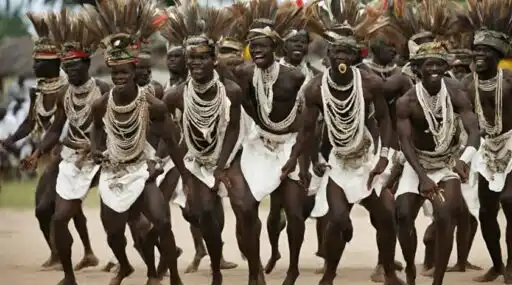





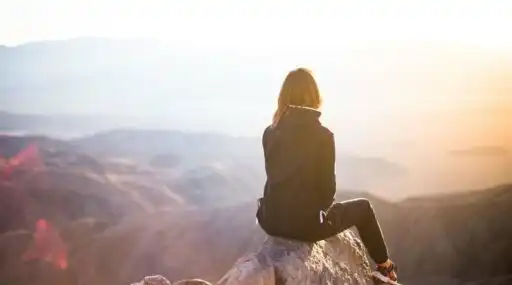
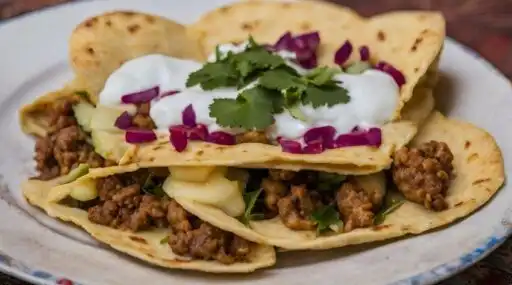


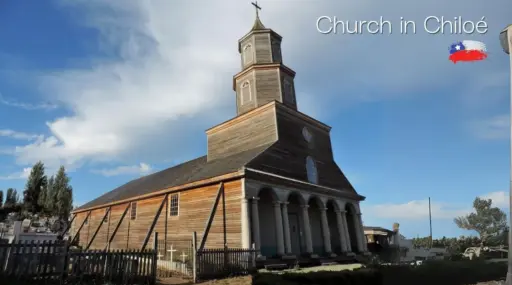
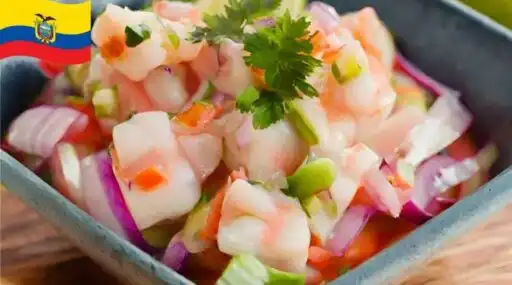


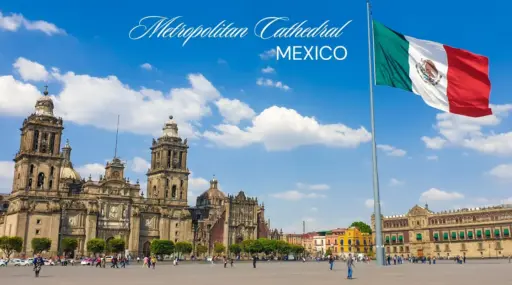

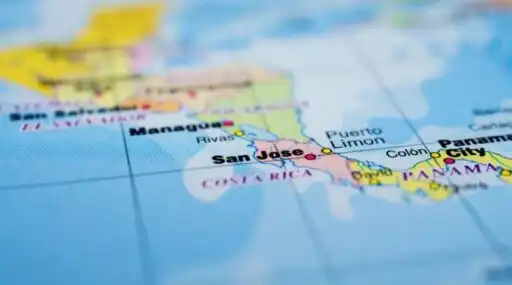

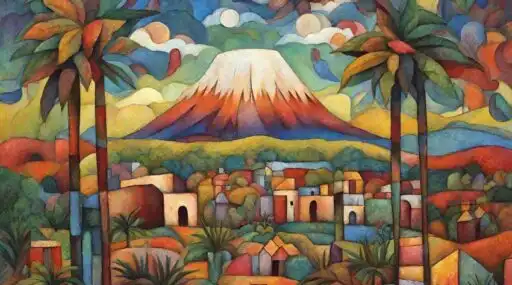
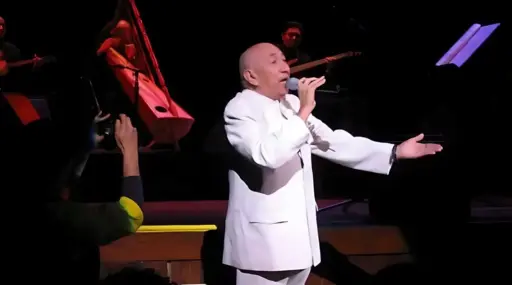

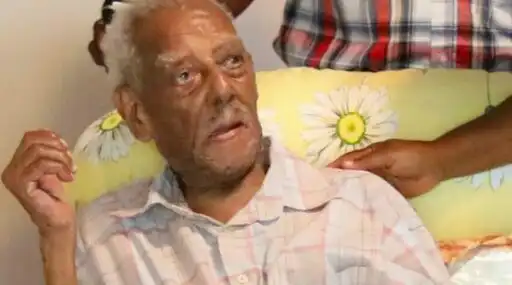
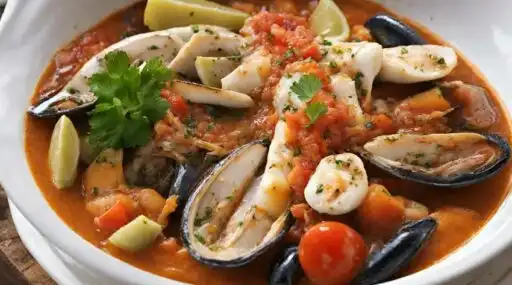
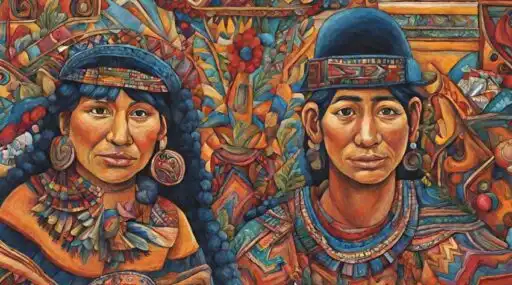



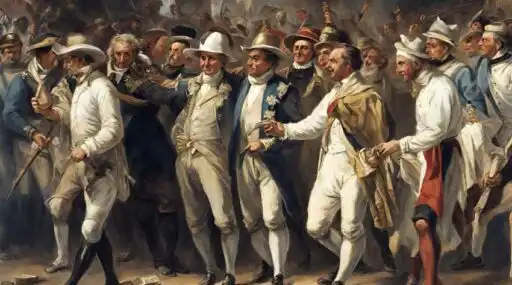

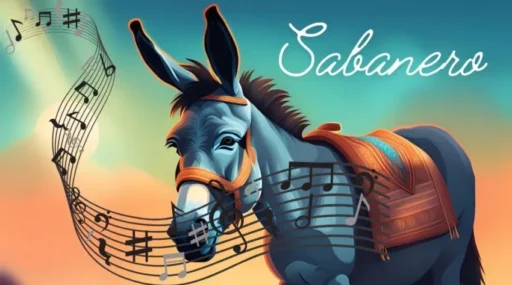
Leave a Reply